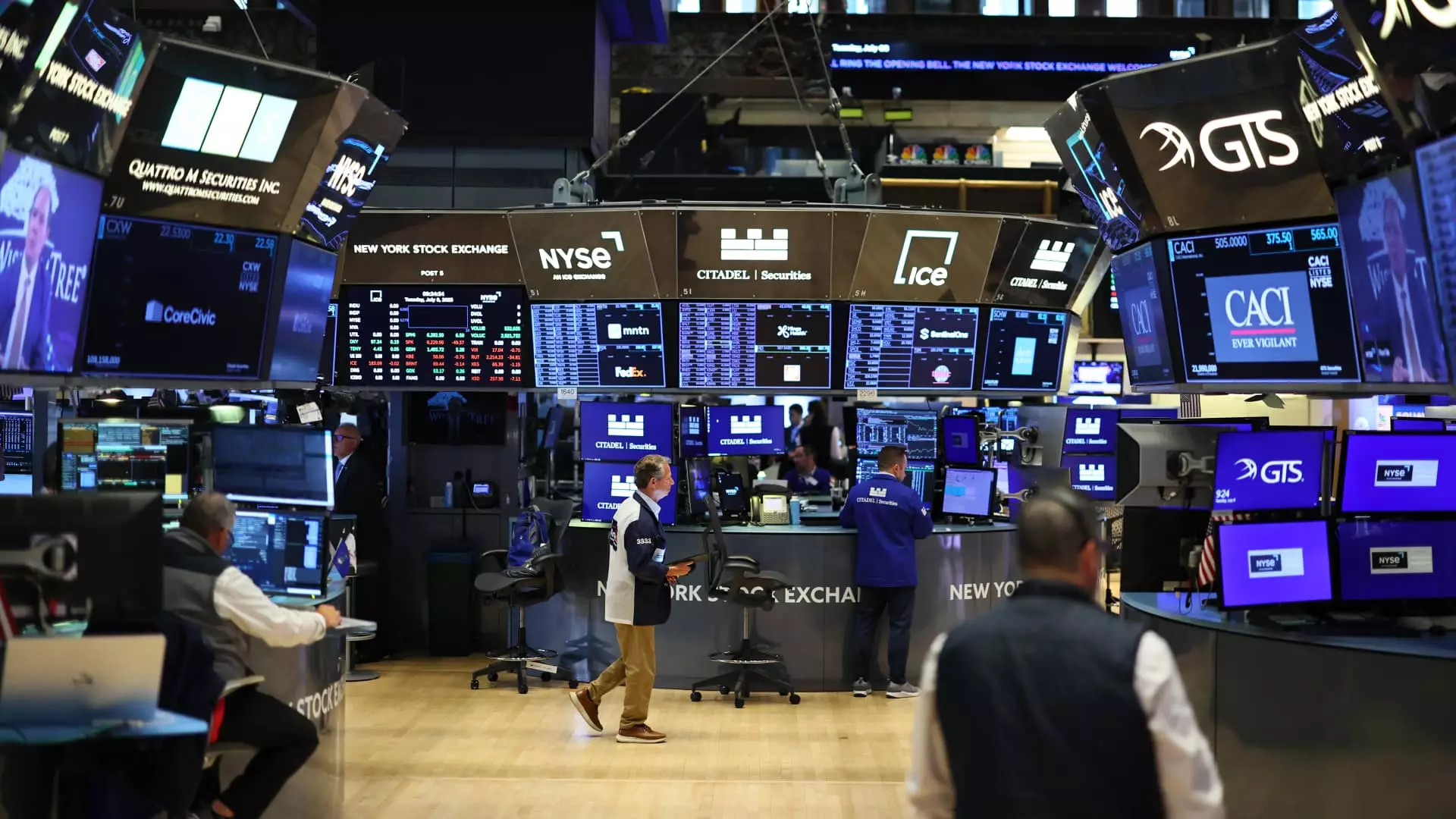In recent analyses, there is a persistent tendency among financial analysts and institutional investors to paint an overly optimistic picture of the next six months in the stock market. However, a closer examination reveals that this optimism is largely misplaced. Expectations of an imminent recovery are built on shaky assumptions, ignoring the broader economic shades of gray that threaten to undermine the entire growth narrative. The reality is that a confluence of slowing growth, rising inflation, and a cautious Federal Reserve signal a period of turbulence, not prosperity. Investors who fail to recognize this reality risk being blindsided by the harsh economic truths that are often sugar-coated in mainstream financial commentary.
The idea that the Federal Reserve will cut interest rates to “provide insurance” might sound appealing, but it oversimplifies the complex dance of monetary policy. While lower rates can stimulate economic activity, they also risk fueling inflation, which remains stubbornly persistent amid a cooling labor market. Furthermore, the notion that bonds will automatically benefit from this scenario is overly optimistic. Bonds may offer some safety cushion, but they are not immune to risks associated with the broader economic slowdown and potential inflationary pressures. Relying heavily on fixed income investments in this environment could lead to subpar returns, especially if market expectations diverge from Fed actions.
The Underlying Risks that Investors Cannot Ignore
Instead of simply playing defense, savvy investors should scrutinize the broader dynamics at play. The recent proliferation of government bond ETFs, like Vanguard’s new offerings primarily composed of U.S. Treasurys, suggests a shift towards perceived safety. Yet, this shift might be a case of misjudged complacency. The 10-year Treasury yield, hovering around 4.4%, is not as compelling as it appears when one considers the inflationary squeeze and the potential for yield to fall further if the economic slowdown deepens. Holding large exposures to government bonds could turn into a trap, especially if inflation remains unanchored and force real yields into negative territory.
BlackRock’s strategy, advocating for a “barbell” approach combining cautious cash management and opportunistic equity plays, hints at an awareness of the vulnerabilities lurking in the market. Buffer ETFs, designed to limit downside while capturing some upside, reflect a pragmatic response to a fragile environment. However, these products should not be mistaken for foolproof talismans. They are directional tools, yet they do not eliminate the risks of a sustained economic downturn or geopolitical upheaval that threaten to derail any short-term gains they might generate. Investors must be vigilant, weighing these funds’ caps and resets against the potential for unexpected market shocks.
Macroeconomic Trends and the Fallacy of Short-Term Optimism
The narrative of quick gains from infrastructure investments and narrative-driven themes like artificial intelligence might appeal to those eager to “play offense,” but it also risks oversimplifying the macroeconomic landscape. Infrastructure spending, while potentially beneficial in the long run, is heavily dependent on political stability and regulatory clarity—conditions that are far from guaranteed in today’s geopolitically charged environment.
Similarly, the allure of macro themes can distract from the harsh reality: economic growth is likely to continue decelerating, and inflation may stubbornly persist, eroding purchasing power and squeezing corporate margins. The markets often behave unpredictably in such circumstances, with sentiment swinging between euphoria and despair. Investors should be cautious not to fall for the mirage of quick recovery. Instead, they should prepare for a prolonged period of sluggish growth, heightened volatility, and persistent inflationary pressures. Efforts to chase high-beta sectors or rely on short-term “caps” in ETF strategies could backfire if economic fundamentals do not align with these optimistic projections.
In essence, the current market environment underscores the importance of a balanced, pragmatic investment approach—one that acknowledges risks, prepares for downturns, and resists the temptation of overly optimistic forecasts. It is a reminder that in investing, as in life, illusions of certainty are often the biggest risk of all.

